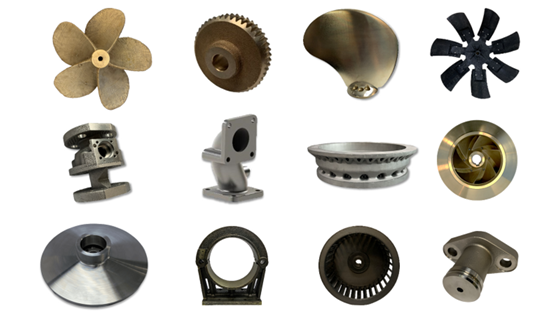
DAVAMS: Disrupting and Adding Value to maritime supply chains by using Additively Manufactured Spare parts
Project DAVAMS will promote the added value of using additive manufacturing (industrial 3D printing) in the supply chain for spare parts.

Project DAVAMS will promote the added value of using additive manufacturing (industrial 3D printing) in the supply chain for spare parts.
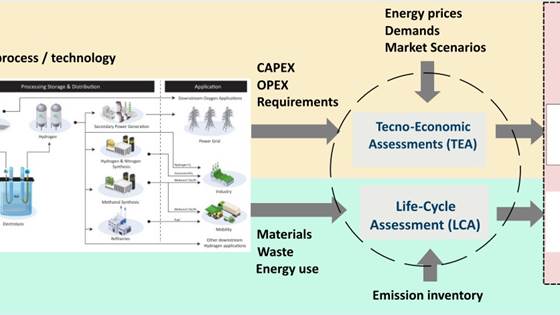
Framework for systematic and integrated techno-economic and life-cycle assessments to support informed decision-making for sustainable development.
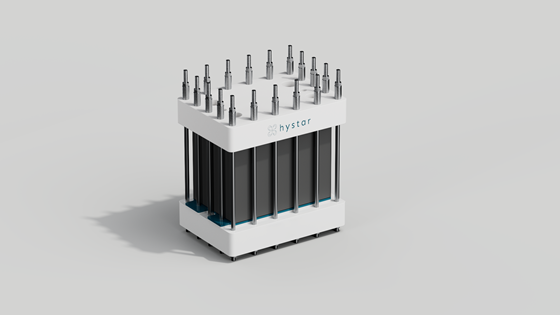
Hystar aims to reduce the cost of green hydrogen, and the Autostack project is investigating how such a cost reduction can be achieved through mass production of PEM (proton exchange membrane) electrolyser stacks. The current state of the art...
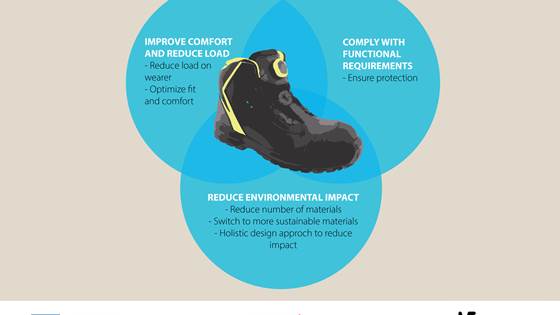
The Lightfoot project aims to develop a new revolutionary safety footwear. The new solution will meet necessary safety requirements, keep the workers comfortable, lighten their load and reduce pain during work. In addition, the footwear will have a...
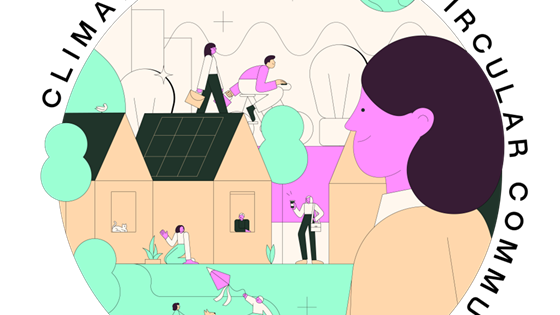
A Living Lab approach towards Community Engagement
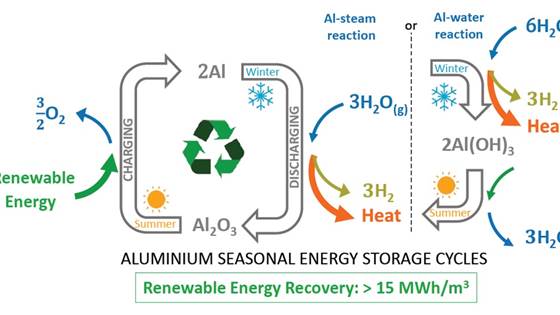
The REVEAL project will develop a new technical solution for storing large amounts of energy with an energy storage density of more than 15 MWh/m3 at low cost to produce heat and electricity in winter.
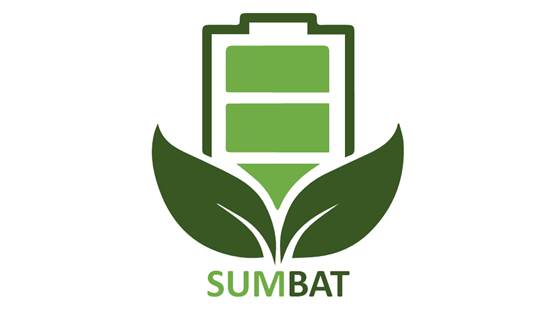
SUMBAT will be the first transition step towards creating the most sustainable battery value chain in the world, in Norway.
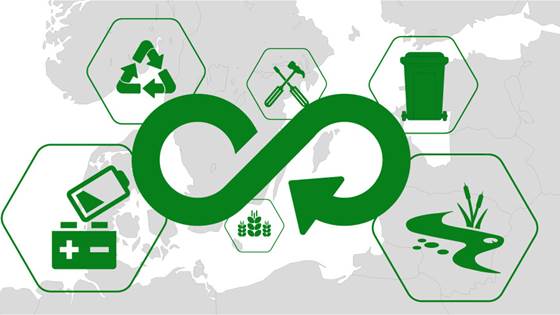
Territorial and regional demonstrations of systemic solutions of key value chains and their replication to deploy circular economy

Working with the Republic of Estonia's Ministry of the Environment through the Iceland, Liechtenstein, Norway grants, SINTEF is charged with helping to develop a strategy for circular economy in Estonia.
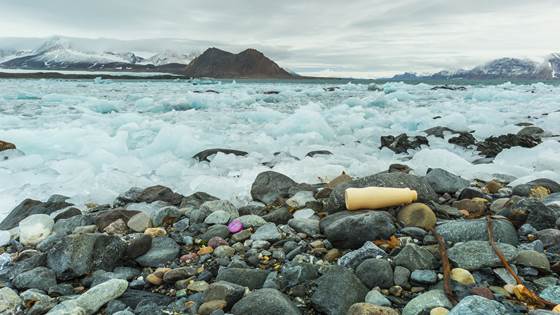
The main objective of GOMPLAR is to describe, compare and analyze two regional international regulatory and governance frameworks addressing marine plastic litter in order to draw conclusions for possible solutions in the Arctic, seeking synergies...
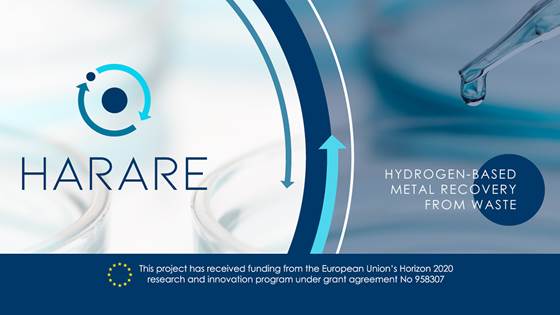
HARARE's overall objective is to eliminate waste from the metallurgical industry while recovering valuable materials and encouraging the use of hydrogen in the industry.
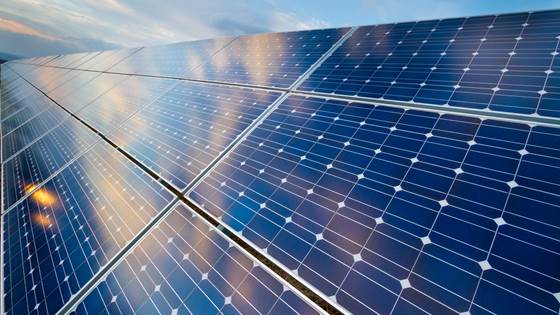
Advanced technologies for recovery and recycling of secondary raw materials from end-of-life modules.
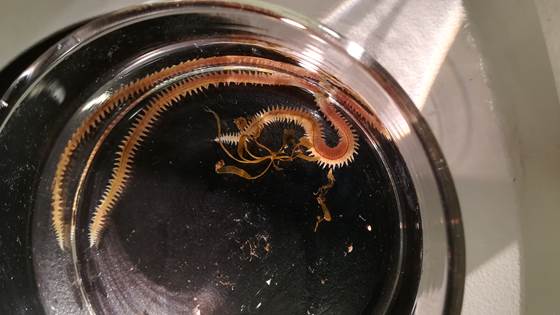
The use of renewable marine bioresources to make feed ingredients for fish feed is still in its infancy. In POLYKELP, we will study seaweed and brush worms aimed for use as salmon feed.
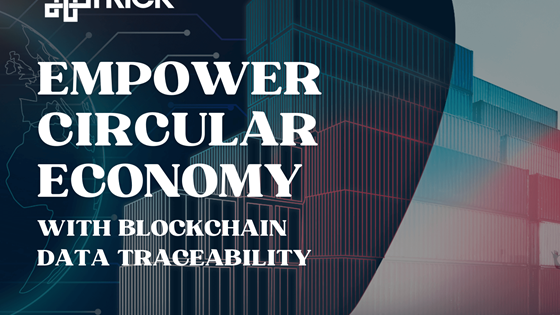
TRICK offers a low-cost way for small businesses to join the circular economy.
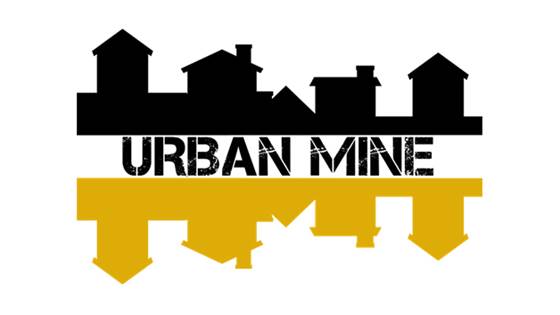
Explore institutional, political, and business frameworks for using mineral waste as a resource in green transitions.
The scarcity of marine proteins and lipids is considered to be the greatest challenge needing to be addressed in order for the aquaculture sector to continue to grow in a sustainable manner. In COPREST, CFEED and SINTEF Ocean will explore the...

Small and medium-sized companies often do not have the capacity or competence to develop their ideas into specific R&D projects. In collaboration with Sparebank1 SMN, SINTEF offers small and medium-sized companies in Mid-Norway assistance with green...
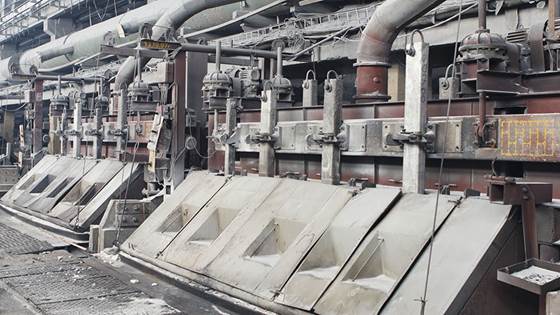
The objective of the project is to get rid of a waste challenge and at the same time create products of value, demonstrated at pilot scale. In addition, the effect of circularity in quantification of sustainability is studied.